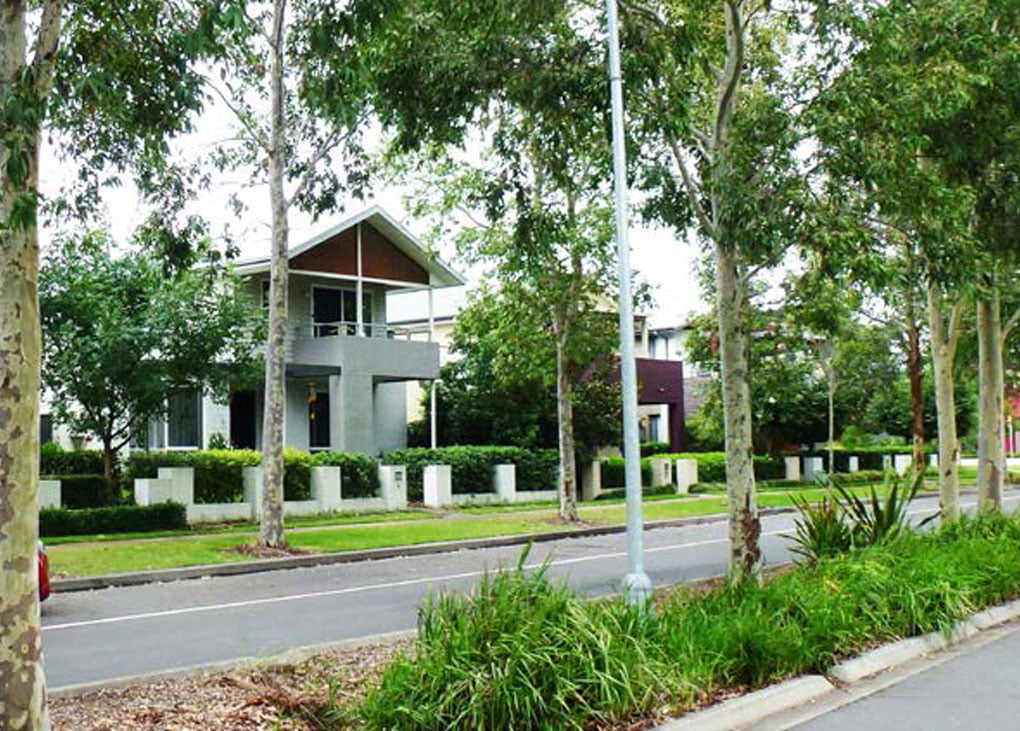Penrith Council in Sydney has developed an issues paper to advocate for changes to be made to the state planning system. The aim is to ensure that all new developments across Western Sydney are designed to be adaptive to urban heat in both current and future climates.
The council began developing the issues paper after the success of the Cooling the City Masterclass in 2020. Attended by 350 professionals, the event provided a platform for development and planning professionals to learn about the impacts of urban heat from international and Sydney-based urban heat experts.
Penrith City Council General Manager Warwick Winn says the issues paper has been developed as a resource and advocacy tool for all of Western Sydney.
“The paper provides the basis for strong advocacy by calling for proactive, adaptive and effective policy, provisions and standards for cooler cities and communities,” Winn says.
“Extreme heat is one of the most critical risks facing communities within Western Sydney, making it more important than ever that we advocate for urban heat to be considered in the planning systems that are being used to plan, design and build our cities.”
In developing the issues paper, the council engaged with planners across other Western Sydney councils and key industry stakeholders to identify issues, gaps, opportunities and priority areas within the state planning system where change is required to address the challenges and impacts of urban heat.
The issues paper identifies key recommendations in advocating for changes to codes, legislation, policies and standards. These are intended to assist Western Sydney councils in working with the NSW government to create practical and realistic actions that will prioritise community health and safety during extreme heat while reducing household costs through energy savings.
“Positive outcomes from these recommended actions include increasing tree canopy cover through larger verge widths, alternative street designs, and changes to minimum landscaped areas and lot sizes to accommodate an appropriate medium to large-size canopy tree,” says Winn, “as well as requirements for lighter coloured roofs and reflective materials to improve the thermal comfort of a home.
“We look forward to working alongside other Western Sydney councils, industry, research institutes, and the NSW government to cool Western Sydney.”
Penrith Council has been working to mitigate the impacts of urban heat and to increase the environmental performance of its building assets through the implementation of its Buildings Policy.
The Council Buildings Policy has been updated to align to leading industry practice in sustainable building design, establishing clear standards and criteria for new and existing buildings. These include 5-star Green Star certification for new council buildings and substantial refurbishments of existing buildings of $10 million or more.
The council’s revised Buildings Policy is expected to deliver significant positive economic, social and environmental benefits. These include maximising energy efficiency, reducing greenhouse gas emissions, and providing cooler buildings designed to better adapt to urban heat in Western Sydney.
For more information about Penrith Council’s Cooling the City strategy, click here.
Image courtesy of Penrith Council.
 Mark Vender
Mark Vender


Leave a Reply